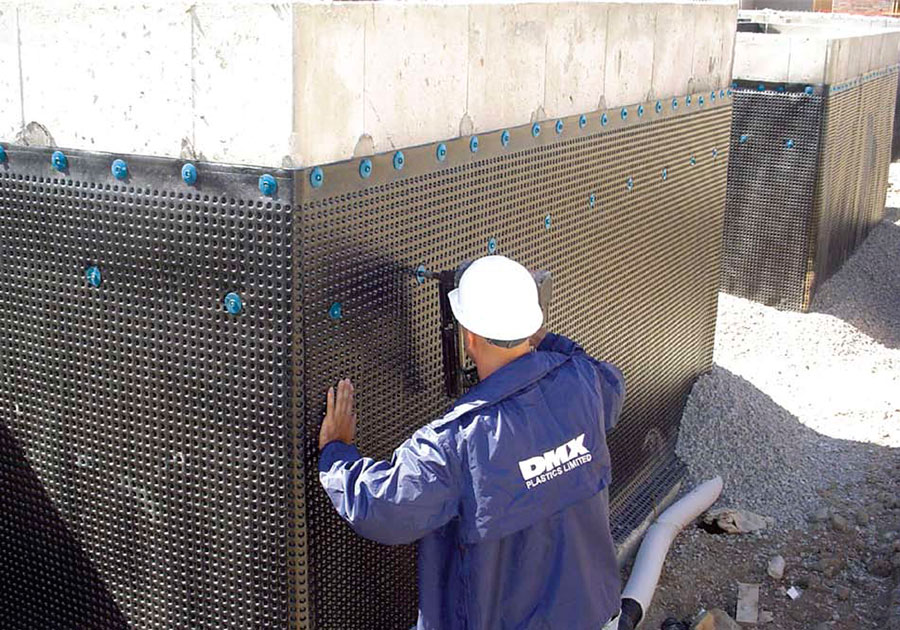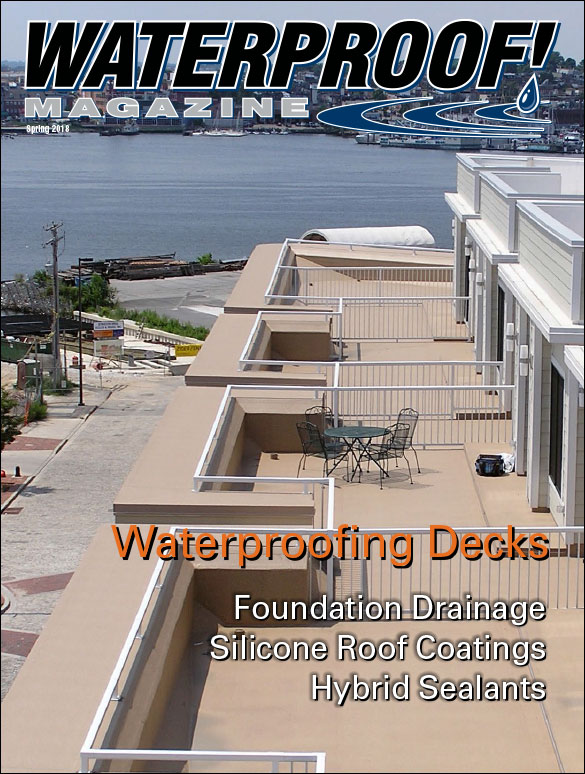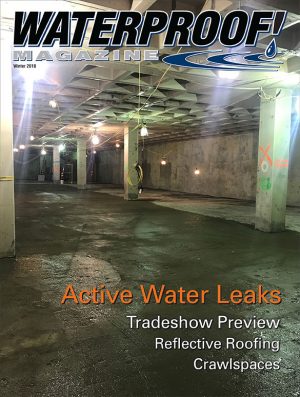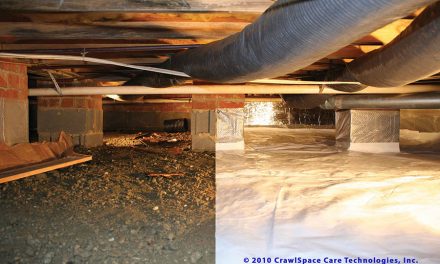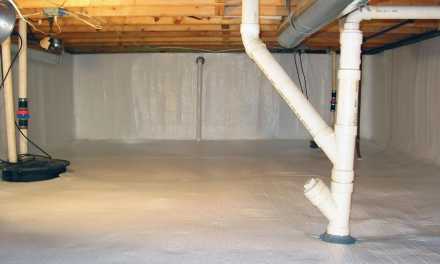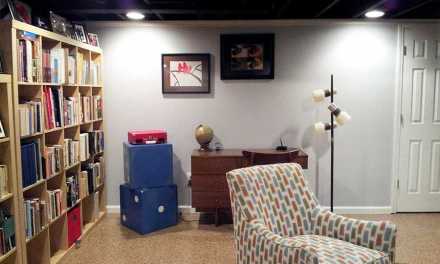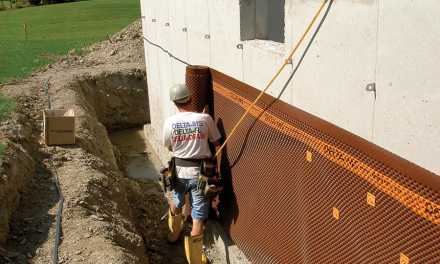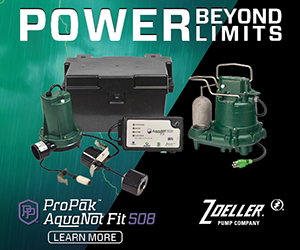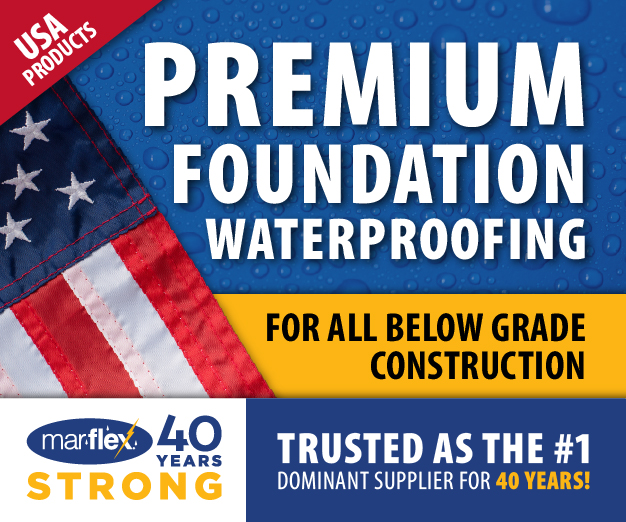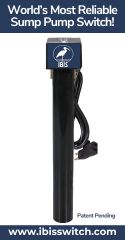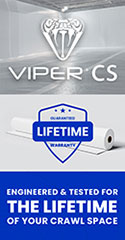Many factors and variables determine how to best address a waterproofing or drainage issue. The Basement Health Association hosted a panel discussion on this topic a few years ago at a regional meeting.
Don’t Limit Yourself
John Bryant, owner of AquaGuard Waterproofing Systems in Beltsville, Maryland, and past president of BHA, says a contractor can’t assume they can walk into every basement and install the exact same system, the exact same way and fix every issue. “There is not just one cookie cutter approach to solve every water problem,” he says. “Sometimes exterior systems are the right solution instead of always handling the water problem from the interior. You need to know when to use different methods to fix different issues.”
During this discussion, panel members mentioned that some franchise companies limit contractors to a single method and system. While there are many benefits to a franchise, contractors should consider negotiating with the dealer to install more than just one system so they can serve their clients better and choose the products and systems that will best fix a homeowner’s issue.
Do Include Back-Up Pumps
The sump pump is the heart of the basement drainage system. The whole system is depending on the sump pump to do its job. This is why a back-up pump system is needed. For today’s homeowners, a backup pump is not an optional add-on. “Every basement drainage should have a back-up system,” says Bryant. “It is like the insurance policy to the basement drainage system.”
Don’t Discount Drainage
While the French drain is over 250 years old, many manufacturers have found products that improve upon the original methods and make the old French drain concept better and more effective.
One innovation is to install drainage systems on the interior perimeter of the house. These involve installing weep holes in the basement wall near the footer, with a drain tile or perforated pipe in gravel to collect the water and direct it to the sump basin.
Jim Kodysh of Richtech in Avon, Ohio, says one of the most common problem areas in the interior French drain system is where the water moves from the weep holes to the drain tile, the diverter. “This is the first thing to fail in most systems,” he says. Richtech makes a product that reduces the amount of gravel used to cover the pipe and creates a better connection from the weep holes to the drain tile.
“BHA has seen many product concepts that tweak the original French drain, but again, it all depends on your region of the country, the climate and soil type you are working with, the types of basements you are working on and the problems you are solving,” says Bryant.
Do Consider Radon
For years, the only way to drain a basement with an interior French drain system was to leave an open channel in the floor. However, the open drainage channel in the basement floor can sometimes create radon issues in the house. Radon is a cancer-causing soil gas that can enter the house through cracks and gaps in the basement floor and the foundation walls.
With today’s energy efficient, tighter building envelopes, radon can build up in the living space. This is not something that can be ignored. Bryant says basement waterproofing contractors that leave open drainage channels can open themselves up to lawsuits.
Fortunately, there are now interior drainage systems that close the drainage channel and create a radon-proof system. Many systems even have built-in radon mitigation systems.
Contractors can become certified and install these systems themselves or partner with a radon mitigation contractor to make sure the system is solving the water issue without creating a radon problem.
An additional bonus is that some radon mitigation systems are also known to reduce moisture levels in the basement.
Do Deal With Humidity Issues
Basement drainage problems frequently involve excess moisture in the basement air as well. Even though we typically associate water damage with the liquid form, excess moisture in the air is still a water problem that can cause damage through condensation and humidity. These can lead to mold build-up, mildew, and indoor air quality issues that can harm the health of the homeowners, even if the living space is upstairs.
Contractors should consider installing a dehumidifier or home ventilation system as a supplement to the waterproofing and basement drainage system. Depending on climate, an air exchanger may provide more benefits than a dehumidifier. An air exchanger can work in conjunction with a dehumidifier to improve the total indoor environment.
Do Diversify
A waterproofing business has its highs and lows like any business. Rain or lack of rain impacts the bottom line. “When it’s raining it’s easier, when it’s dry it’s not so easy,” Bryant says. “Many of us run our business like it’s going to rain forever. When it dries out, we are all shocked and ill prepared. Make sure you diversify and offer other products such as egress windows, structural repair, air quality and/or mold remediation or other home improvement products. If one part of your business is not doing well you can draw from your other products.” Σ
The Basement Health Association (BHA) is a national association of contractors and suppliers whose work impacts the basement environment. BHA is mostly made up of basement waterproofing and structural repair contractors. They have been in the basement drainage industry since 1981.
Spring 2018 Back Issue
$4.95
Hybrid Sealants for Crack Repair
AVAILABLE AS DIGITAL DOWNLOAD ONLY
Description
Description
Additional Info
Additional information
| Magazine Format | Digital Download Magazine, Print Mailed Magazine |
|---|

